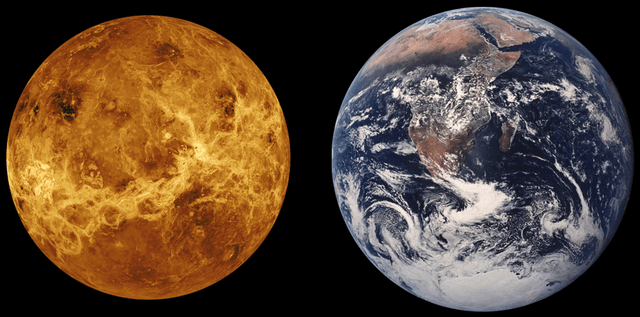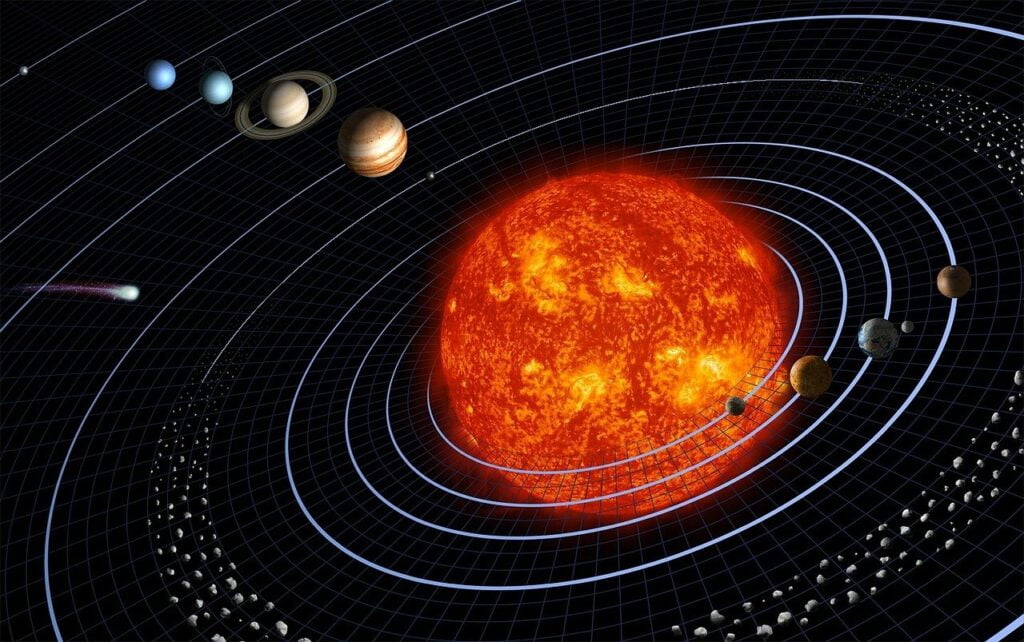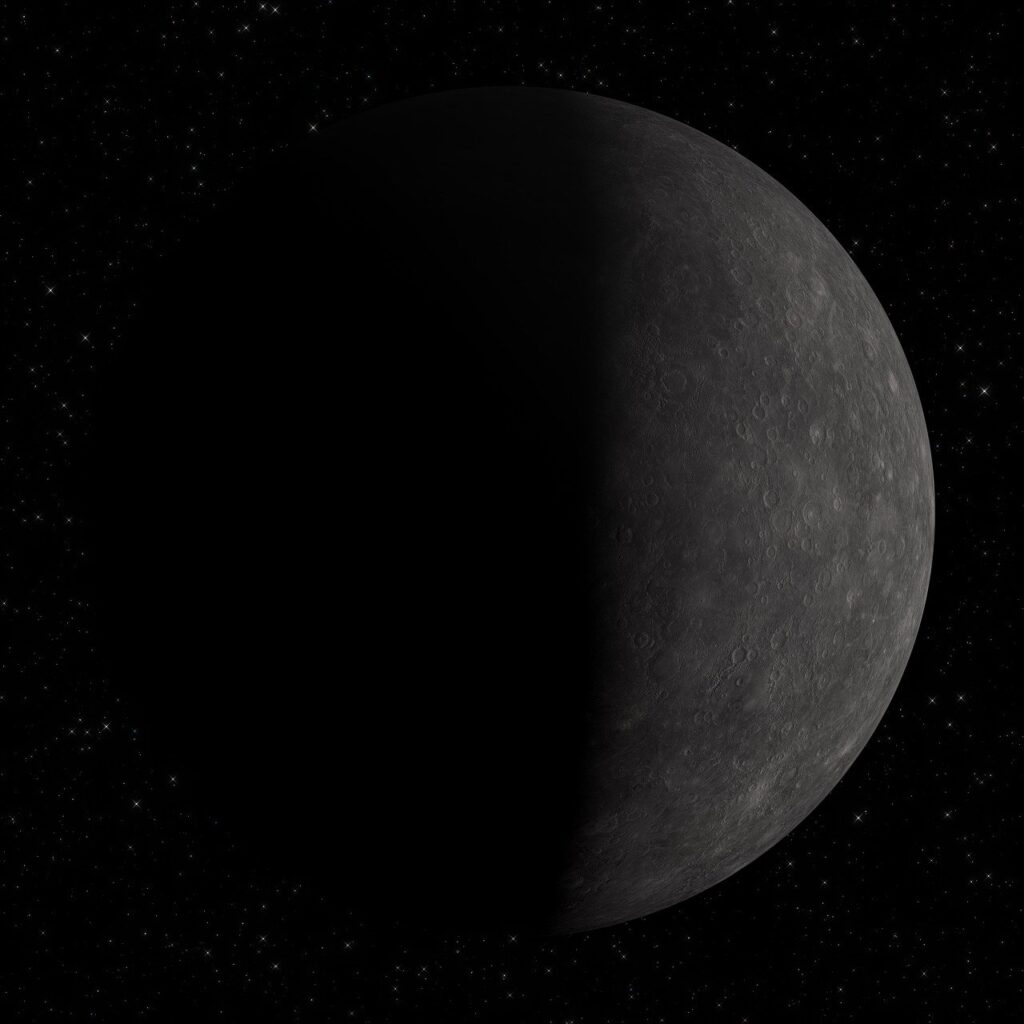
Venus is the second planet from the Sun and the hottest planet in the Solar System. It is often called Earth’s twin because it is similar in size and mass to our planet. However, Venus is a very different place from Earth. It has a thick, hot atmosphere that is made up of mostly carbon dioxide. The surface of Venus is also very hot, with temperatures reaching up to 462 degrees Celsius (863 degrees Fahrenheit).
Discovery and Exploration
Venus has been known to humans since ancient times. It is the brightest object in the sky after the Sun and the Moon. Venus was first observed with a telescope in 1610 by Galileo Galilei. He noticed that Venus went through phases, just like the Moon. This was a major discovery because it showed that Venus was a planet, not a star.
In the 17th century, astronomers began to study Venus in more detail. They used telescopes to map the surface of the planet and to measure its atmosphere. They also discovered that Venus rotates backwards, meaning that the Sun rises in the west and sets in the east.
The first spacecraft to visit Venus was the Soviet Venera 1, which flew by the planet in 1961. Since then, many other spacecraft have visited Venus, including the American Mariner 2, the Soviet Venera 9 and 10, and the European Venus Express.

Scientific Data
Venus has a diameter of 12,104 kilometers, which is about 95% the diameter of Earth. Its mass is 4.867 × 10^24 kilograms, which is about 81.5% the mass of Earth.
The atmosphere of Venus is very thick, with a pressure of about 92 times the pressure at sea level on Earth. The atmosphere is made up of mostly carbon dioxide (96.5%), with small amounts of nitrogen (3.5%), sulfur dioxide, and water vapor.
The surface of Venus is very hot and dry. The average temperature on the surface is 462 degrees Celsius (863 degrees Fahrenheit). The surface is also covered in volcanoes, mountains, and craters.

Future Missions
Several future missions are planned to Venus. The European Space Agency’s EnVision mission is scheduled to launch in 2029. EnVision will study the surface, atmosphere, and interior of Venus.
The Russian Space Agency is also planning a mission to Venus called Venera-D. Venera-D is scheduled to launch in 2031. It will study the atmosphere and surface of Venus, as well as the planet’s magnetic field.

Conclusion
Venus is a fascinating planet with a lot to teach us about the Solar System. It is a very different place from Earth, but it is still a valuable target for scientific study.
You may also like:
Mercury: The Closest Planet to the Sun
Venus: The Earth’s Twin or a Very Different Planet?
Mars: Comprehensive Exploration, unveiling the Mysteries
Jupiter: A Cosmic Giant – Symphony of Storms
Saturn: A Gaseous Giant with Enthralling Rings and Diverse Moons
Bibliography
- Williams, D. (2023). The Planet Venus: A New View of an Old World. Oxford University Press.
- van der Sluijs, S. (2022). Venus: Exploring the Clouds of Our Mysterious Neighbor. Springer.
- Sagan, C., & Druyan, A. (1990). Pale Blue Dot: A Vision of the Human Future in Space. Random House.
- Kivelson, M. G., et al. (2013). The Venus Clouds: A Multi-Instrument View. Cambridge University Press.
- Seiff, A. (2008). Venus: Geology, Atmosphere, and Habitability. Springer.



Pingback: The Solar System: A Cosmic Wonder – Nobrainair
Pingback: Solar System FAQ – TOP 20 questions – Nobrainair
Pingback: Mercury FAQ – top 10 questions – Nobrainair
Pingback: Venus FAQ – TOP 10 questions – Nobrainair
Pingback: Mars FAQ – TOP 10 questions – Nobrainair
Pingback: The Sun FAQ – TOP 10 questions – Nobrainair
Pingback: Jupiter: A Cosmic Giant – Symphony of Storms – Nobrainair
Pingback: Jupiter FAQ – TOP 10 questions – Nobrainair
Pingback: Saturn: A Gaseous Giant with Enthralling Rings and Diverse Moons – Nobrainair
Pingback: Saturn: A Gaseous Giant with Enthralling Rings - NoBrainAir - Love Science
Pingback: Mercury: The Closest Planet to the Sun - NoBrainAir - Love Science
Pingback: Solar System FAQ – TOP 20 questions - NoBrainAir - Love Science
Pingback: Mars FAQ – TOP 10 questions - NoBrainAir - Love Science
Pingback: Jupiter: A Cosmic Giant – Symphony of Storms - NoBrainAir - Love Science
Pingback: Jupiter FAQ – TOP 10 questions - NoBrainAir - Love Science
Pingback: Uranus: A Celestial Enigma - NoBrainAir - Love Science
Pingback: Neptune: The Ice Giant - NoBrainAir - Love Science
Pingback: Uranus FAQ – TOP 10 questions - NoBrainAir - Love Science
Pingback: Dwarf Planets - NoBrainAir - Love Science
Pingback: The Kuiper Belt: A Relic of the Solar System - NoBrainAir - Love Science
Pingback: Oort Cloud: A Vast Realm of Comets - Love Science
Pingback: The Orion Nebula - Love Science
Pingback: The Carina Nebula: A Microcosm of Stellar Evolution - Love Science
Pingback: The Horsehead Nebula: A Cosmic Icon Revealed - Love Science
Pingback: Stellar Classification - Love Science
Pingback: The Birth of Protostar - Love Science